In the past, we have written various guides about topcoat & overcoat styles. With so many different types of outerwear under discussion, it is important to understand the nuances between these outergarments, and therefore we decided it was time to explain the differences.
As always, for the best experience please watch the video and read the guide.
Overcoat
An overcoat is simply a heavy coat that is worn over a suit or a jacket. It usually reaches between slightly above the knee to all the way down to the ankle. The first overcoat was probably the Chesterfield, which was invented in the mid 19th century and is still very popular today, mostly as single-breasted with a velvet collar.
The standard fabrics back then were much heavier than their modern counterparts, and they usually weighed about 30 oz. per yard (about 900 grams per meter) or even more.
Today, overcoat fabrics are often in the 20 ox or 600 gram per meter range. Also, they are sometimes worn without a jacket and tailored much more snuggly. So, before you buy an overcoat, think about how you will be wearing it, and how fitted you would like it. When worn over a jacket, you need a bit more room to feel comfortable.
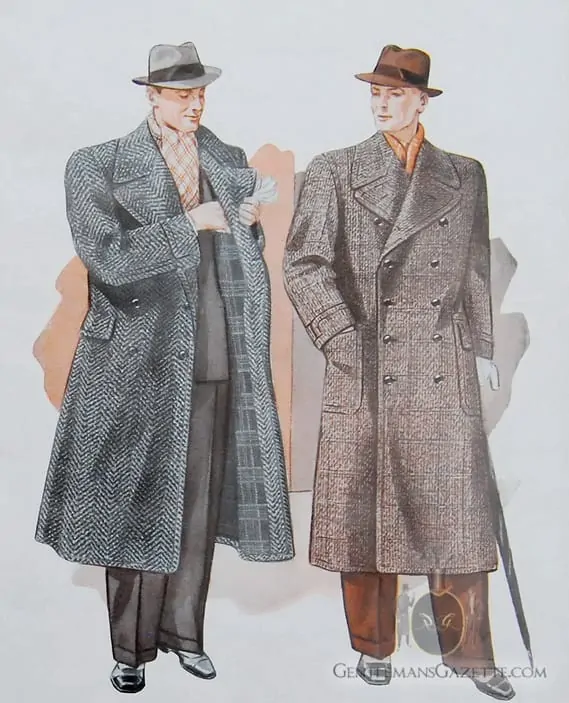
Styling Features
Patch pockets go well with a more casual fabric such as tweed or wide herringbone. On the other hand, if you have a navy blue cashmere overcoat, flap pockets are probably better. With a double-breasted style, go with peak lapels . For single-breasted, you can have notched lapels or peak lapels, depending on what style you’re going for. Peak lapels are more formal than notched ones.
Unlike regular suit jackets, overcoats have another lapels option: the Ulster collar. This means you have a wide notched lapel, but a collar that reaches out as far as the lapel, thus creating a look more similar to a peaked lapel.
To learn more about this style please take a look at our Ulster Guide.
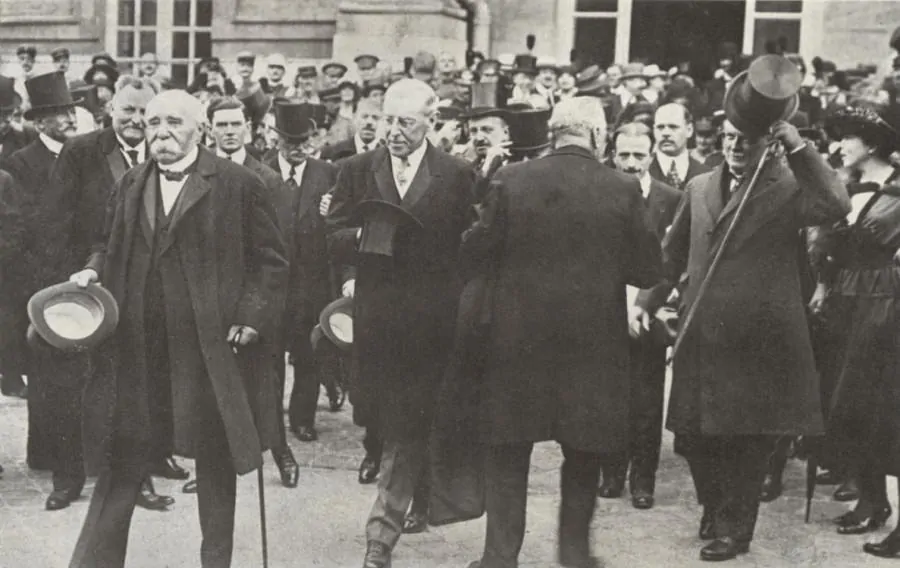
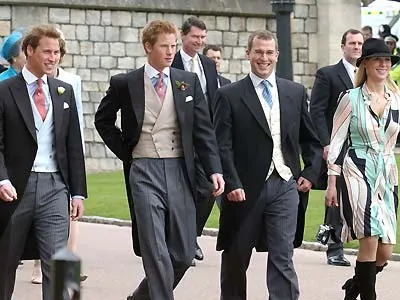
Body Coat
A body coat is cut very closely to the body, hence the name. To make it fit so close to the body, it has a lot more vertical and horizontal seams. A frock coat, a tailcoat (white tie) or a morning coat are all body coats. All of those body coats are usually worn alone without an additional outwear layer, excepting the tailcoat, which can be worn with an evening overcoat.
The development of the overcoat brought about the modern concept of wearing another coat over one’s indoor clothing, and therefore a body coat is never an overcoat but its own garment style.
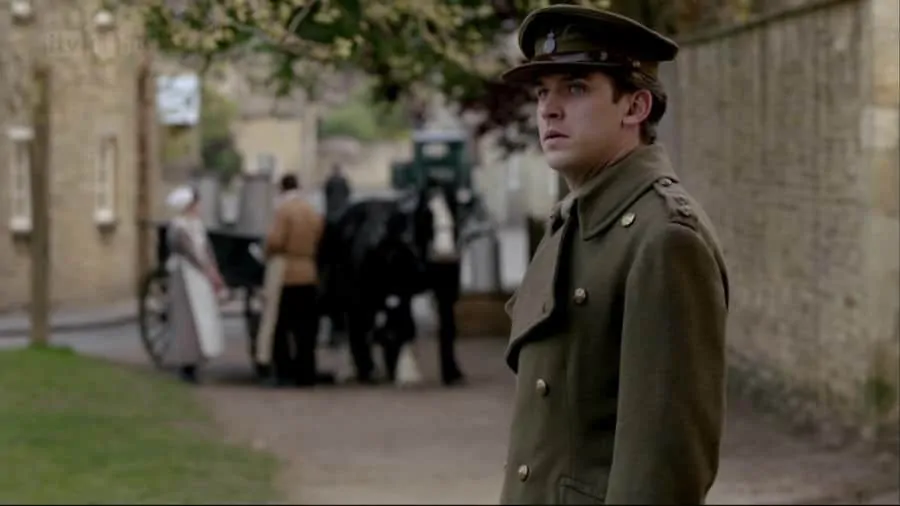
Greatcoat
A Greatcoat is generally a substantial, bulky overcoat such as an Ulster or a British Warm. Often, greatcoats have a military derivation.
They’re usually cut without any waist suppression, meaning they’re very loosely fitting, they’re heavy, and they drape well. The whole idea was to create a garment that looked impressive and kept the men in the military protected at all times.
Greatcoats are always double breasted because the military had this double breasted shape which is supposed to be more powerful and more impressive.
You can also find epaulets or other military hallmarks such as throat latches on greatcoats.
At the end of the day, a greatcoat is a specific form of an overcoat. Keep in mind: all greatcoats are overcoats, but not all overcoats are greatcoats.
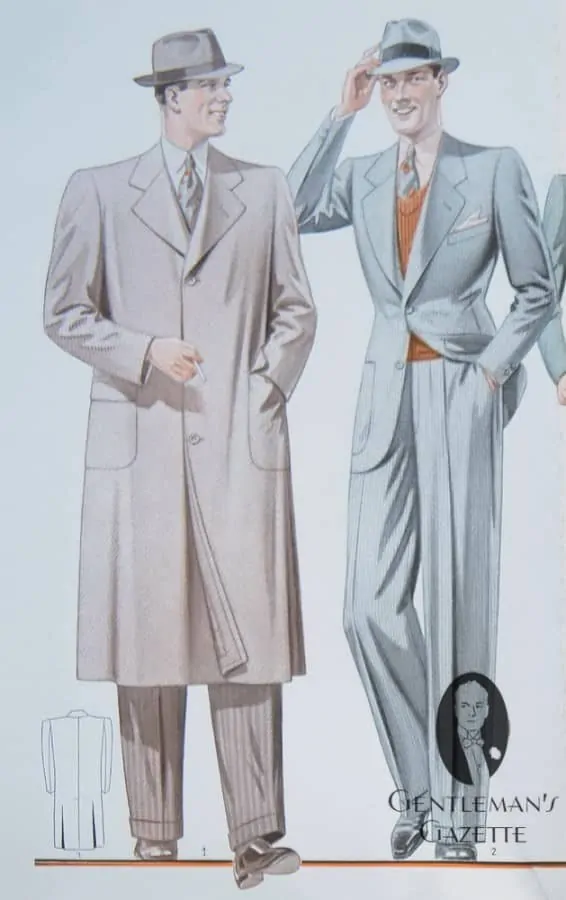
Topcoat
Traditionally a topcoat is an overcoat with a fabric that weighs 18 oz. per yard (500 g per meter) or less. Often they are worn about knee high.
In days gone by this was considered to be lightweight, whereas most people today would consider it to be heavy. Fabrics, of course, have lightened as fabric technology, customer preferences, and modern heating have developed.
Today, topcoats are typically trench coats, which are made of cotton gabardine.
Every man’s wardrobe should contain at least one topcoat for the in-between season from summer-fall and winter-spring, because during that time an overcoat is too warm and just a jacket is not warm enought. Also, a topcoat protects you from the elements.
In warmer climates a topcoat can be the only outergarment necessary during the winter.
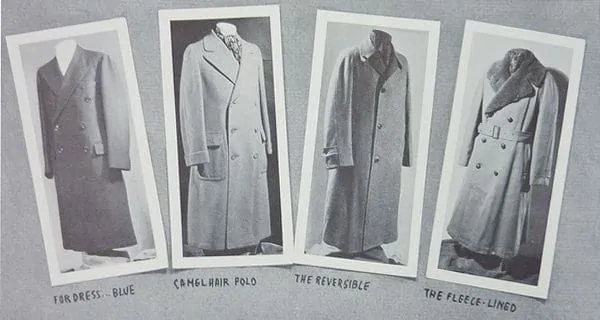
Terminology In A Nutshell
- An OVERCOAT is a long, sleeved garment worn on top of something else.
- A TOPCOAT is a lightweight overcoat such as a trench coat.
- A GREATCOAT is a heavy, bulky overcoat.
- A BODY COAT is not an overcoat but rather a tailcoat, morning coat or frock coat.
CONCLUSION
The idea of having different outergarments was to be prepared for all seasons: something that was really heavy for winters and something that was more lightweight for in between seasons in fall and spring.
You should definitely have at least one topcoat and one overcoat in your wardrobe because they’re just meant for different seasons, they have different weights, and they feel very different as well.
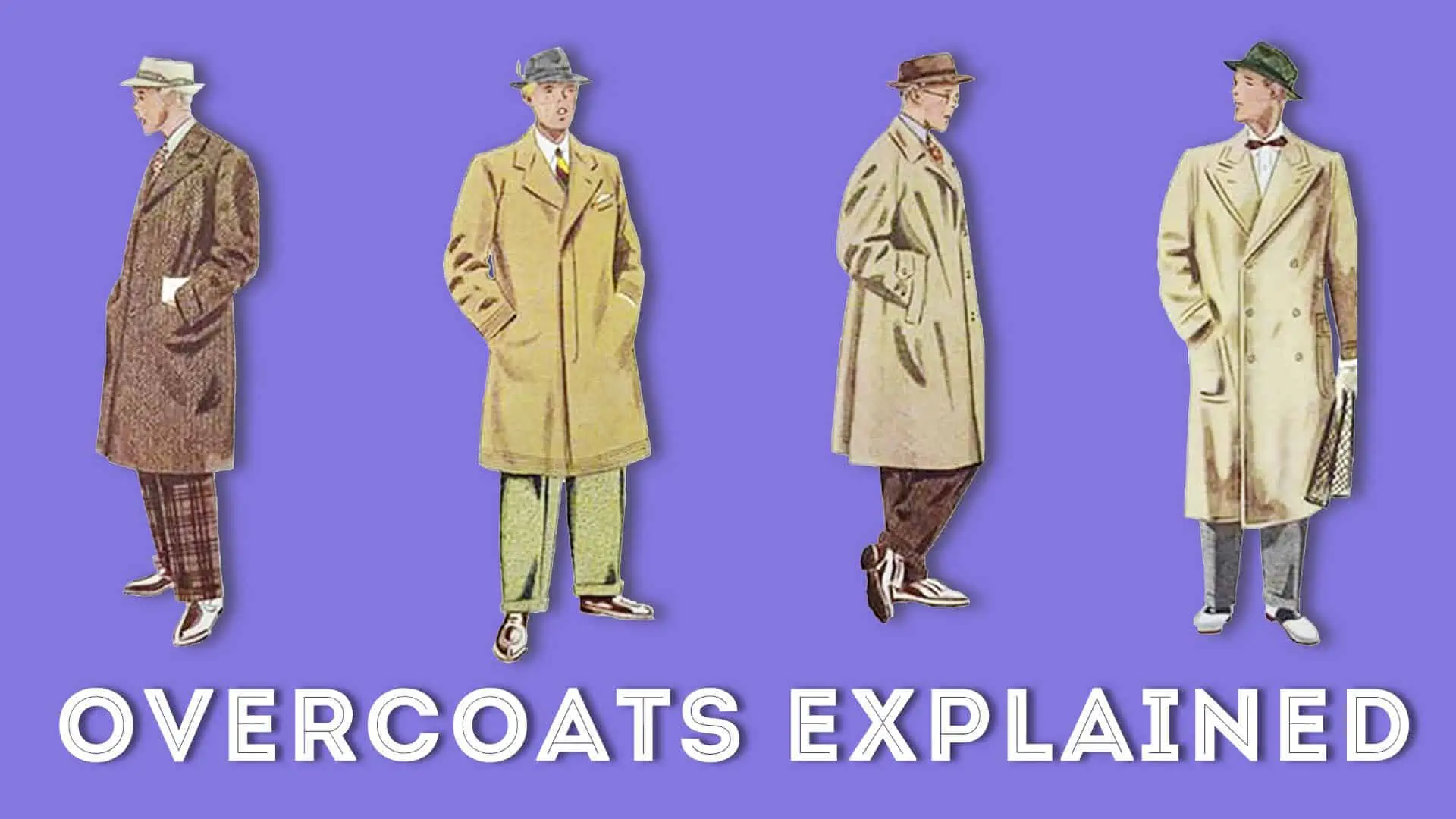
Hoopy :-)
I’m surprised the Pea Coat is not mention here for casual wear… this is a cut down waist version of the overcoat that was designed originally for sailors to stay warm but still allowed them to climb the rigging in the ships. Crombie in London are by best in my opinion the people to go to for fully made overcoat, greatcoats etc
A pea coat, being a military (navy) inspired short coat – is really nearer to being a jacket than a coat – and so not a true coat – considering that coats are usually full length – unless of course they are 3/4 length! For this reason, though it has ‘coat’ in it’s name, it’s not what springs to mind when most of us think of a coat. There are of course many coats which could be discussed but I think the aim here was to compare just four types of coats. I think I would have mentioned though that a top coat is a coat that can be worn indoors as well as outdoors – as was the case in the past. ;-)
Whoops! I actually meant to say that a body coat (not a top coat) can be worn indoors as well as out. ;-)
Dear Raphael
For some years I have a very good overcoat in cashmere from Crombie and a Trenchcoat from Aquascrutum .. I travel with a nylon raincoat ex Australian Airforce . Are you aware of ” Dusters ” worn by men prior to WW1?
Pardon my correction there is a repeat under the heading OVERCOAT above
Cheers
Mark
What does “20 ox or 600 gram peter meter range” mean?
Angie the ox is a character in a Damon Runyon story and Peter Meter must be in one that I haven’t read
It could be the full name of Moustache Pete in Too Much Pep, but he wears no overcoat in the story. Does Sven mean Overcoat Obie?
Finding an overcoat that covered my knees was impossible in my normal (48 Regular) size. I finally bought a single breasted 48 Long and had my tailor shorten the sleeves. I also did the same with my trenchcoat instead of having wet knees from a too short coat. a gortex I have a third coat for wild weather with light rain; my Nelson Jacket in waxed cotton by Kakadu. For Nor’easters, my drover’s coat and matching wide brimmed hat is the ultimate protection. Good for some laughs, too.
Sven,
I was wondering what your opinions are on reproofing my old trench coat. Does it take a toll on the fabric?